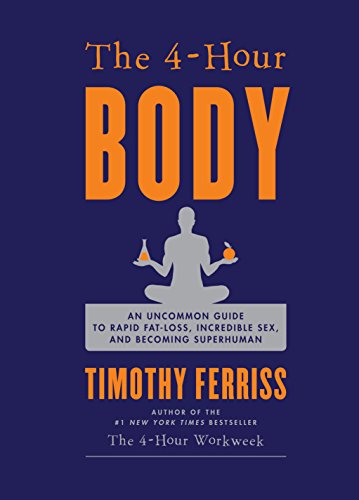In mid-2016 when Lisa suggested that I might consider adding weightlifting to my 30-minutes of daily cardio, I couldn’t see a way to make it work into my schedule.
After reading The 4-Hour Body, however, I had new inspiration to give it a try.
As Tim Ferriss explained the concept of a Minimum Effective Dose of weightlifting (as well as other interventions), it made sense to me.
To add muscle…do the least necessary to trigger local (specific muscles) and systemic (hormonal) growth mechanisms
Tim Ferris, The 4-Hour Body
The idea is that you need to stress your muscles for a relatively short period (he said about 80 seconds) to trigger an adaptation response.
More than that is not only wasteful, but may even be harmful.
Ferris also describes what he calls “Occam’s Protocol” which involves two alternating every other day between two daily weight-training workout that take about 20 minutes each.
I adapted it for my purposes, using equipment available at the YMCA:
- Incline press (one set…increasing weight when I could do seven reps)
- Pull down (same approach on reps and going up in weight)
- 10 myostatic crunches (using a Bosu ball for full range of motion)
- 10 Cat Vomits (gotta get the book for a description of that one!)
- 25 minutes of cardio on the Precor elliptical machine
Later, instead of the incline press on a weight machine, I started doing a dumbbell chest fly (although probably not with very good form.) Still, it was my first real work with free weights.
I didn’t lift every day, because I knew days off for recovery were important. And I still wasn’t doing leg work, because I didn’t like the feel of the leg press machine and I had tight hamstrings. I figured the elliptical training was enough.
And I was still making it all fit in 30 minutes a day.
Still, by starting to add some muscle I was beginning body recomposition. The number on the scale wasn’t going down as quickly, but I was becoming fitter. And adding muscle meant my basal metabolic rate would increase.
See the whole series about my health journey. Follow along on Facebook, Twitter and LinkedIn.
